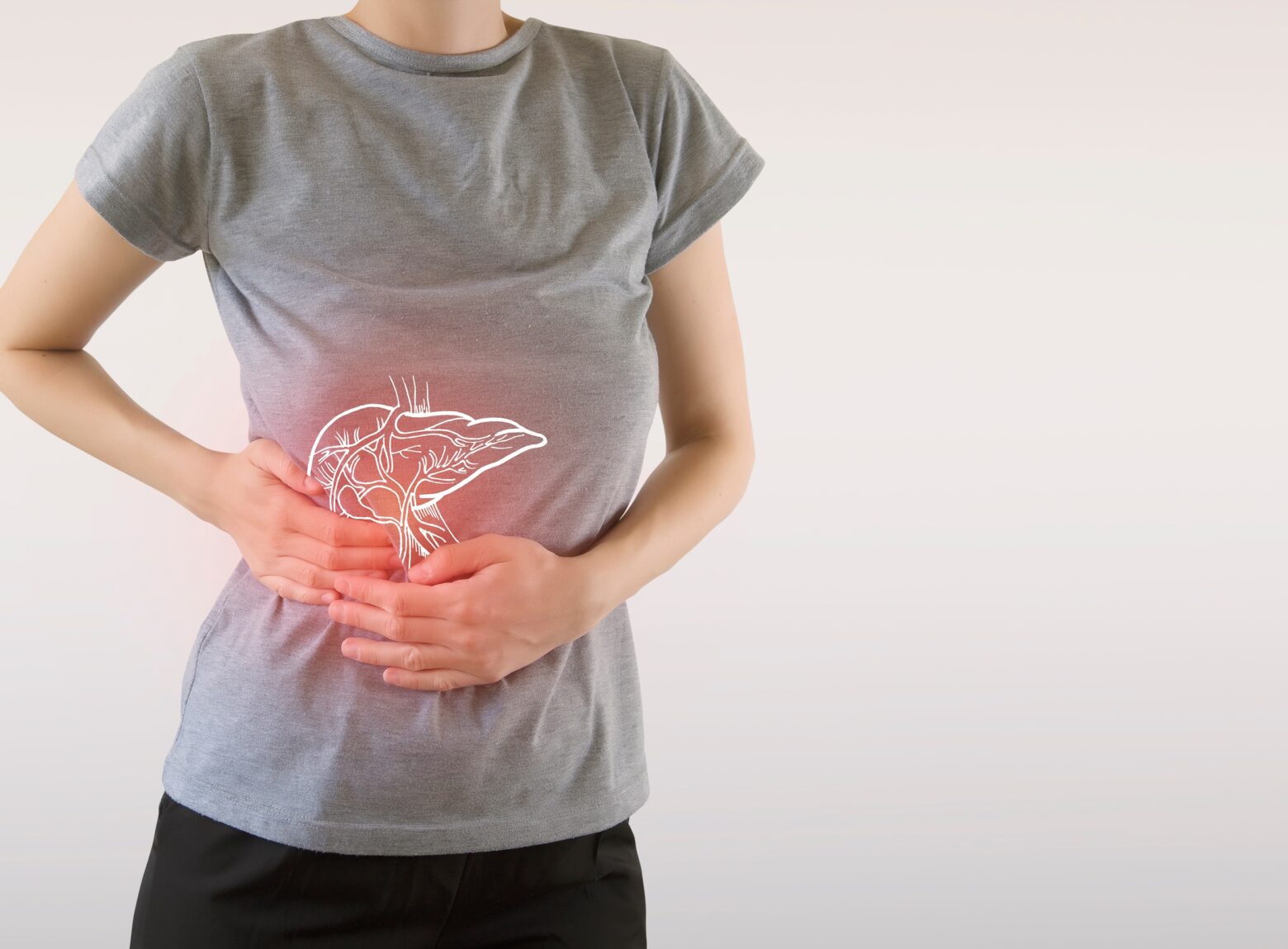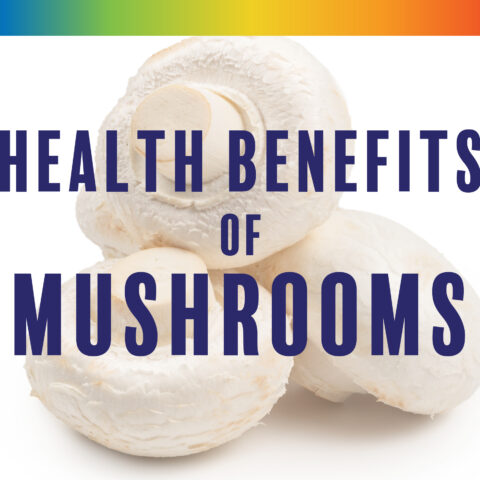Gilbert’s Syndrome: Can a Paleo Diet Reverse An Irreversible Condition?

Gilbert’s Syndrome (GS) is a relatively common condition characterized by increased levels of bilirubin in the blood. Bilirubin is a naturally occurring yellow pigment that forms when red blood cells break down. GS is a genetic condition whereby a single gene mutation prevents the liver from properly removing bilirubin from the blood. Between 5 – 10% of the population may have GS, but around one-third don’t have symptoms.1
Normally, when red blood cells reach the end of their approximately 120 day life span, they break down into bilirubin. The liver then processes the bilirubin, readying it for elimination. Bilirubin gives urine its yellow tinge and stools their dark brown color. For those afflicted by GS, however, the liver sometimes processes bilirubin at a slower rate. Buildups can occur, sometimes resulting in jaundice (a yellowing of the eyes and skin).
GS is regarded as common and harmless, but is associated with numerous unpleasant symptoms, including fatigue, itching, gastrointestinal symptoms, and increased risk for gallstones. Because it’s a hereditary condition, scientists have generally presumed there is no cure. But could The Paleo Diet® or other dietary interventions help?
Can The Paleo Diet Reverse Gilbert’s Syndrome?
A Hungarian researcher team started investigating this question several years ago. In April 2015, they published their findings in the American Journal of Medical Case Reports.2 While their study involved just one patient, the researchers were successful in reversing her GS symptoms.
In 2006, doctors diagnosed the patient, then 30 years old, with GS. At that time, she had a 10 year history of frequent migraines (about three/month) and a 10 year history of dermatitis. She also exhibited persistent fatigue, constipation, and yellowing of the eyes.
In 2010, she began following The Paleo Diet excluding dairy, grains, legumes, refined carbohydrates, and vegetable oils from her diet. After one year, her bilirubin levels returned to the normal range, her jaundice and constipation resolved, and her migraines reduced to roughly one every two months. Her fatigue and dermatitis, however, persisted.
She followed The Paleo Diet for a total of 20 months. On the advice of the researchers, she then switched to a ketogenic version of The Paleo Diet. Ketogenic diets, of course, involve greatly reduced carbohydrate consumption. Her Paleo-keto diet, which she maintains to this day, includes mostly animal fat, meat, eggs, organ meats, and less than 30% vegetables and fruit. At least twice per week she consumed organ meats. Since beginning her Paleo-keto diet, her fatigue has disappeared, as has her dermatitis. Her migraines have further reduced to roughly twice per year.
Of course, this n=1 study doesn’t prove the Paleo/Paleo-keto diet cures GS. Nevertheless, the study is significant because it’s the first documented case of successfully treating GS through dietary intervention. This study could potentially open the door to larger studies, which could test the hypothesis that Paleo/Paleo-keto can cure GS (or greatly mitigate its symptoms). And on an individual level, GS patients, with the help of their physicians, could implement Paleo/Paleo-keto principals and perhaps improve their conditions.
References
[1] Owens, D, et al. (June 1975). “Population studies on Gilbert’s syndrome.” Journal of Medical Genetics, 12(2). Retrieved from //www.ncbi.nlm.nih.gov/pubmed/1142378
[2] Tóth, C, and Zsófia, C. (April 2015). “Gilbert’s Syndrome Successfully Treated with the Paleolithic Ketogenic Diet.” American Journal of Medical Case Reports, 3(4). Retrieved from //pubs.sciepub.com/ajmcr/3/4/9/
Christopher Clark
Christopher Clark is an entrepreneur, food writer, and business owner with years of experience with nutrition.
More About The Author




